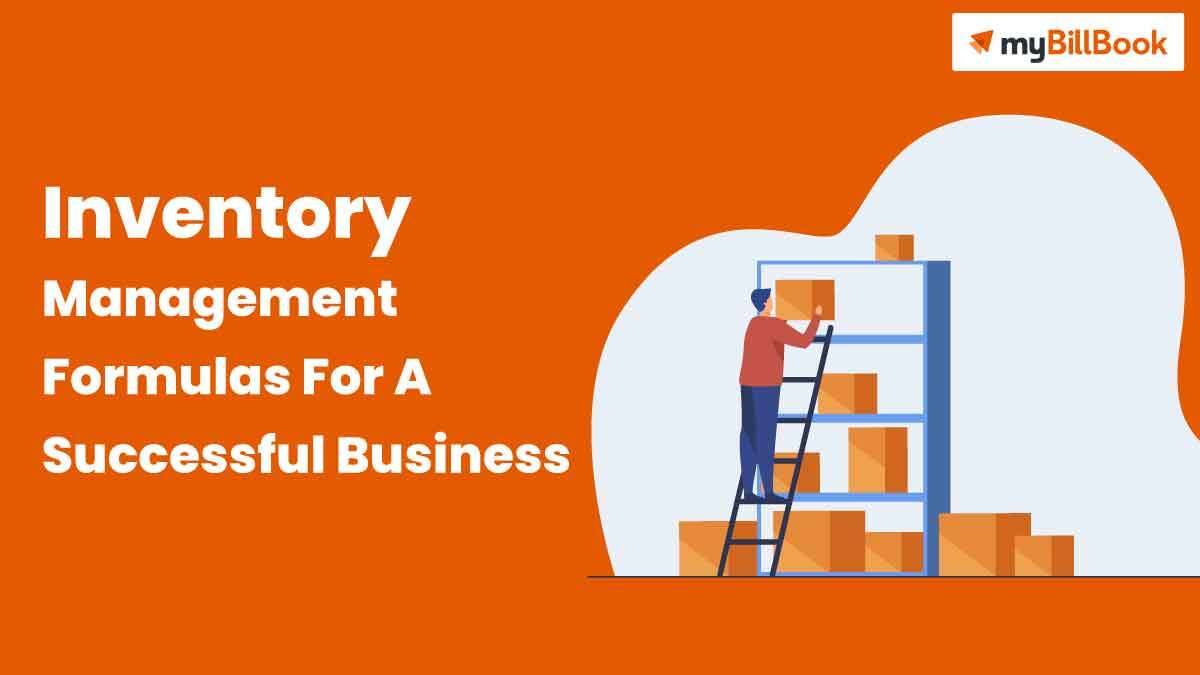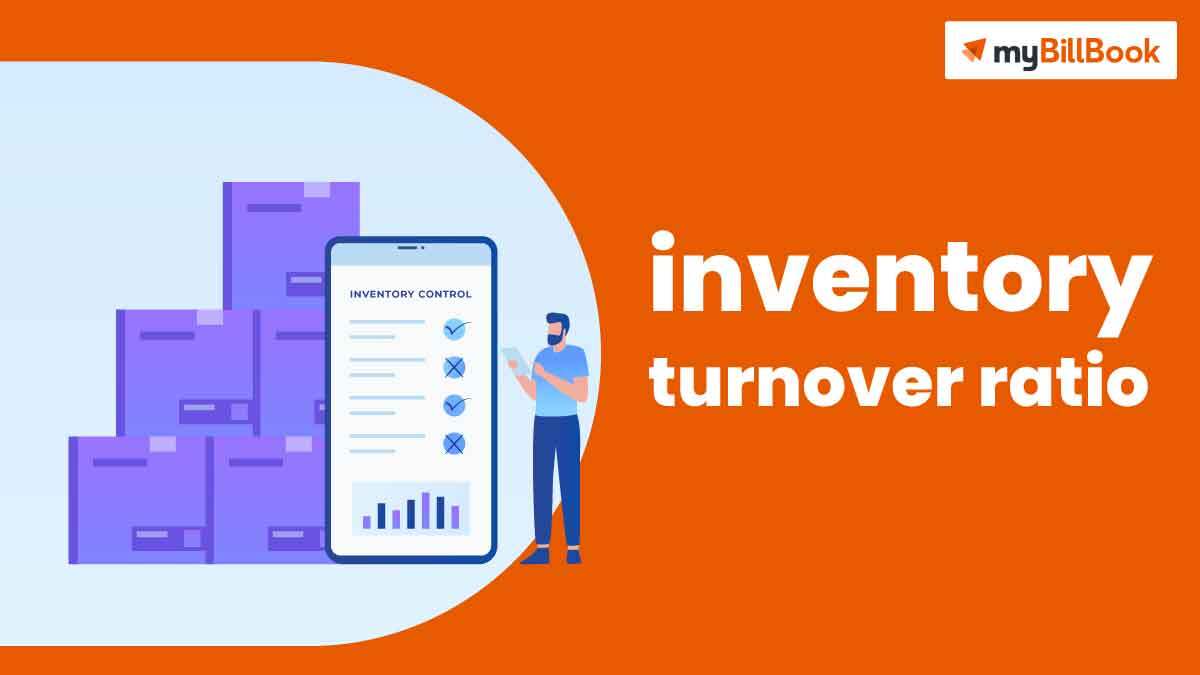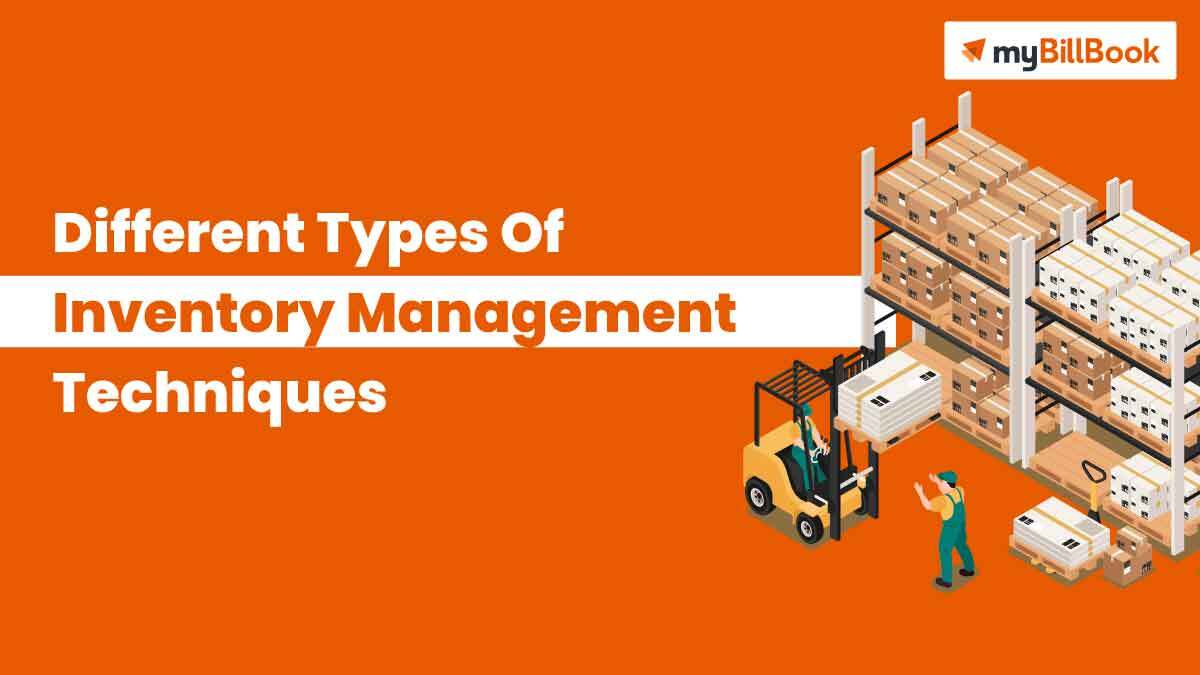Inventory management is a complete task in its own right. From keeping track of the stock to ordering and purchasing new items, it is necessary to follow a routine to maintain the supply chain. It might seem difficult but when done with the right ratios and formulas, inventory management can be a cakewalk. Proper inventory management can boost your business and achieve better overall results.
If you are new to inventory management and not sure how to properly maintain the supply chain, this article will guide you through the inventory ratios and formulas you will need for proper and efficient inventory management.
Why Do I Need Inventory Ratios and Formulas?
Inventory management includes a variety of processes including tracking stock, ordering, and purchasing inventory. If you approach inventory management randomly, it will be chaotic and complex. However, using proper inventory management ratios and formulas, you can monitor and bring up the standard of each process. Factors like sales performance and turnover affect inventory management. Analysing these factors can give you an accurate idea of your business’s performance. You have to use formulas like inventory turnover ratios and the cost of goods sold to determine the direction you have to take your business to new heights.
Common Inventory Ratios
Here are the seven most common inventory formulas and ratios:
- Cost of Goods Sold
Cost of Goods Sold=Beginning Inventory+Ending InventoryNumber of months in accounting period
The cost of goods sold (COGS) formula measures the value of your inventory and gives you an idea of the overall performance of the stock in your inventory. This formula is very important while planning for future inventory management. It can also be used as a deductible item while filing taxes.
However, if you are a manufacturer, this formula will be more complex. You will have to see how many items of a particular kind you have sold and how the manufacturing process has matched the demand for a particular item in your inventory. You will have to use this formula to calculate COGS in this case:
Cost of Goods Sold=(Cost of Inventory at the Beginning of the Year)+(Additional Inventory Costs)-(Cost of Inventory at the End of the Year)
- Inventory Turnover Ratio
Inventory Turnover Ratio=Cost of Goods SoldAverage Inventory
Inventory turnover means the rate at which a product is sold and replaced in a certain period of time. Typically, the higher the inventory ratio, the better. It means that the items in your inventory are being sold and replaced at a high rate. However, each industry has a different inventory turnover ratio. While some have an inventory turnover ratio of only a day, others may have months or even years as their turnover ratio. Hence, it is important to compare the inventory turnover ratio of your business with a similar business only.
The inventory turnover ratio is an important factor in measuring the performance of any business. It also gives you an idea of the items that do not sell easily. Hence, using this data, you can order more or less of the items you need in your inventory so that you always have the popular items in stock while removing the slow-moving ones.
- Average Inventory
Average Inventory=Ending Inventory Balance+Beginning Inventory Balance2
Average inventory calculates the average value of the inventory in a certain period. This average is then used while calculating the inventory turnover ratio. By itself, too, this value gives you an idea about the performance of any given item in your inventory.
Usually, the average inventory is calculated by month and hence, the sum of the inventory is divided by 2. If you wish to get the average inventory of a season, you should divide by 7 and for the average inventory of a year, you should divide by 13.
- Sell-Through Rate
Sell Through Rate=Units SoldUnits Received
The sell-through rate measures your purchasing and order rates. It helps you calculate how an item in your inventory is doing on the sales front. This figure is important for planning new orders and also making strategies to sell the stock already present in your inventory.
- Days’ Sale
Days’Sale Average=365Industry Turnover Ratio
The days’ sale ratio measures the average number of days it takes a product in your inventory to sell. Typically, the number should be low because the lower the number, the faster the movement of the product through your inventory. This formula will help you decide on purchasing patterns. You can calculate this ratio using the inventory turnover ratio.
- Ending Inventory
Ending Inventory=Beginning Inventory+Purchases-Cost of Goods Sold
Ending inventory measures the quantity of an item at the end of a certain time period. It is also known as closing stock and allows you to calculate your business’s financial standing at any given time.
You can use different inventory calculation methods like first in first out, last in first out, etc. to measure the ending inventory value.
- Average Stock Level
Average Stock Level=Minimum Stock Level+12of Reorder Quantity
The average stock level measures the number of items you have in stock in your inventory. You can compare this figure with the three critical figures of minimum stock level, maximum stock level, and danger stock level in your inventory.
Conclusion
All the above inventory ratios and formulas standardise the inventory management process. You can get a clear idea of the performance of your business, and you can create new plans to increase your profits. With efficient inventory management using these ratios, you can streamline the whole process and always be on top of your inventory issues.
Read more:







